Helping Youth Cope After a School Shooting [downloadable]
 The National Child Traumatic Stress Network has developed a collection of resources to help youth heal after a school shooting.
The National Child Traumatic Stress Network has developed a collection of resources to help youth heal after a school shooting.
Downloadable resources include fact sheets, tip sheets, tool kits and more. Read more »

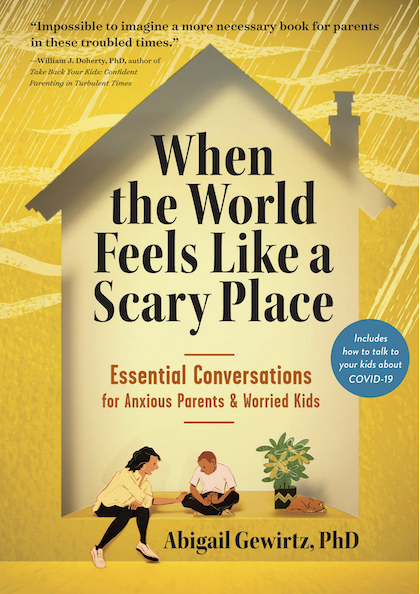
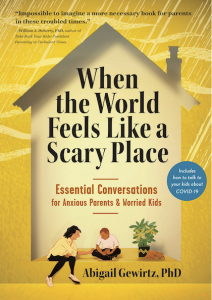 It’s an understatement to say we live in an age of anxiety. Political polarization, school shootings, income inequality, climate issues, sexual harassment, and more—whether it’s on the news or hitting closer to home, it’s impossible to tune out. The problem is, most children can’t put these issues in perspective, and parents, often anxious themselves, can have a hard time talking to their kids without making it worse.
It’s an understatement to say we live in an age of anxiety. Political polarization, school shootings, income inequality, climate issues, sexual harassment, and more—whether it’s on the news or hitting closer to home, it’s impossible to tune out. The problem is, most children can’t put these issues in perspective, and parents, often anxious themselves, can have a hard time talking to their kids without making it worse. 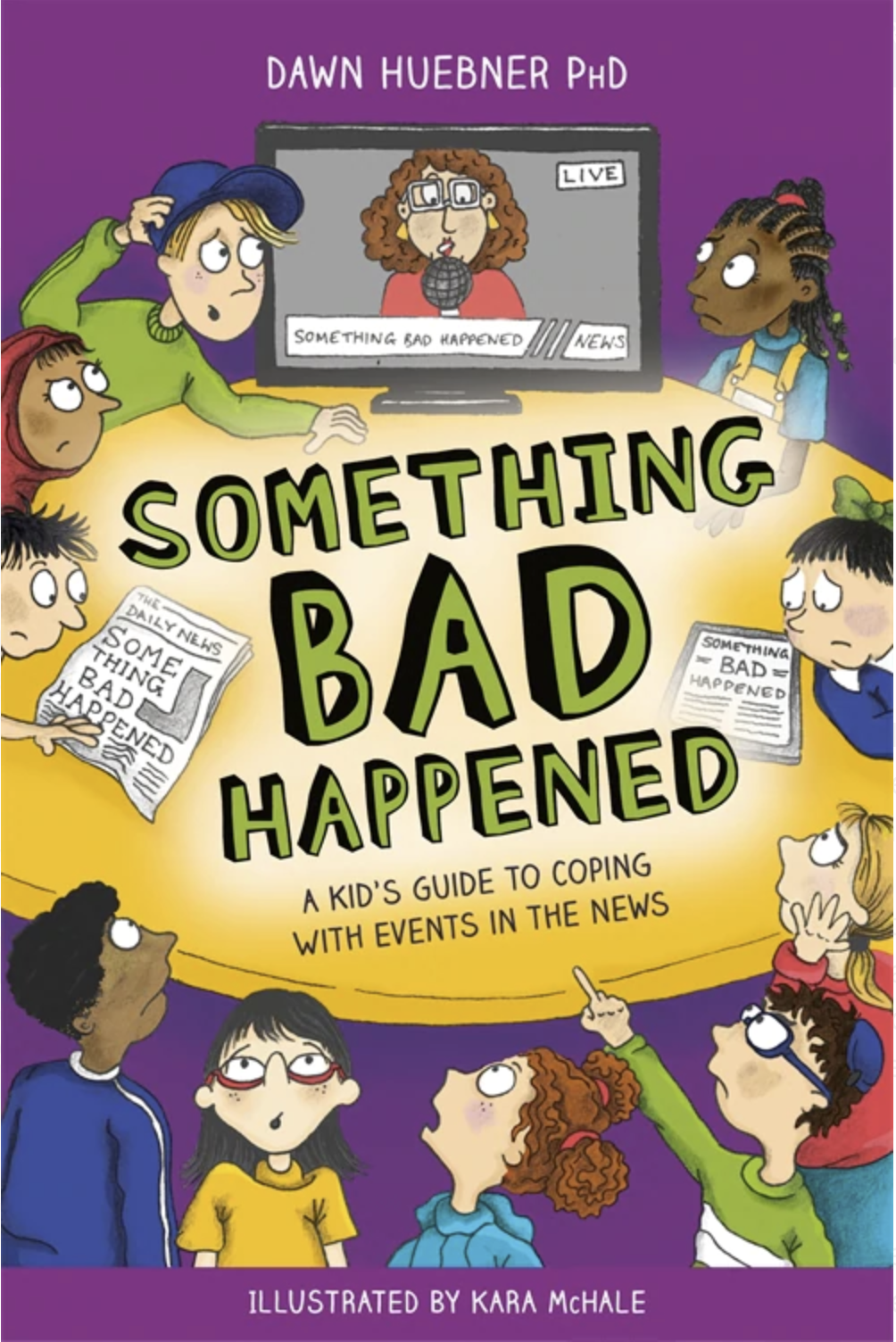


 As a healthcare professional, you may face stress on the job under usual conditions due to long shifts, competing responsibilities, and witnessing or hearing about difficult patient experiences. As a responder on the front lines, you may be noticing signs of stress and distress in yourself and your coworkers.
As a healthcare professional, you may face stress on the job under usual conditions due to long shifts, competing responsibilities, and witnessing or hearing about difficult patient experiences. As a responder on the front lines, you may be noticing signs of stress and distress in yourself and your coworkers. 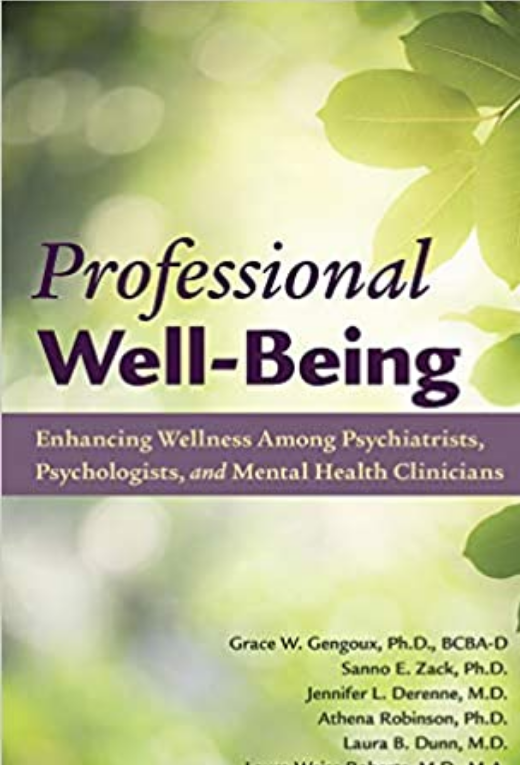
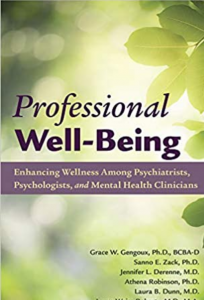 Although data exist to support the notion that physician self-care is correlated with patient care, the culture of medicine has traditionally valued the ideals of self-sacrifice and perfectionism — often to the detriment of clinicians themselves.
Although data exist to support the notion that physician self-care is correlated with patient care, the culture of medicine has traditionally valued the ideals of self-sacrifice and perfectionism — often to the detriment of clinicians themselves. 
 Remember when childhood summers looked like long, unscripted days of play with whichever neighborhood kids you happened to run into, riding bikes and climbing trees and not coming home until the street lights flickered on? If we were fortunate enough to go to camp, it probably entailed swimming, crafts and capture the flag, not STEM, VR and scratch coding.
Remember when childhood summers looked like long, unscripted days of play with whichever neighborhood kids you happened to run into, riding bikes and climbing trees and not coming home until the street lights flickered on? If we were fortunate enough to go to camp, it probably entailed swimming, crafts and capture the flag, not STEM, VR and scratch coding. 
 Suicide rates among ages 10-24, while stable from 2000 to 2007, jumped nearly 60 percent by 2018,
Suicide rates among ages 10-24, while stable from 2000 to 2007, jumped nearly 60 percent by 2018, 
 Between 2009 and 2019, the percentage of teens who reported having “persistent feelings of sadness or hopelessness” rose from 26 percent to 37 percent and, in 2021, to 44 percent. Further, research shows that 1 in 5 youth in distress felt that they didn’t have someone they could turn to in a crisis. How can we let our teens know we’re here for them and protect them from significant mental health challenges?
Between 2009 and 2019, the percentage of teens who reported having “persistent feelings of sadness or hopelessness” rose from 26 percent to 37 percent and, in 2021, to 44 percent. Further, research shows that 1 in 5 youth in distress felt that they didn’t have someone they could turn to in a crisis. How can we let our teens know we’re here for them and protect them from significant mental health challenges? 

